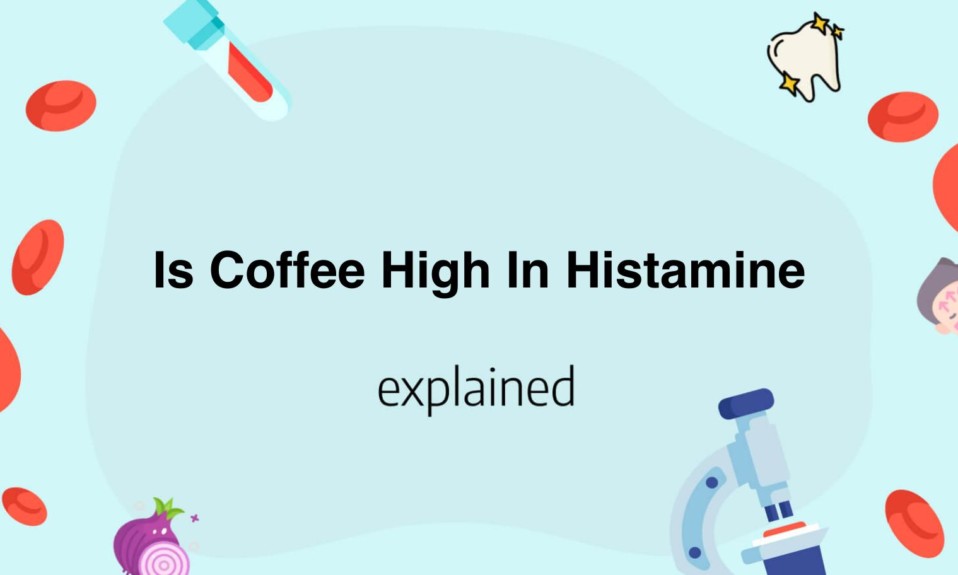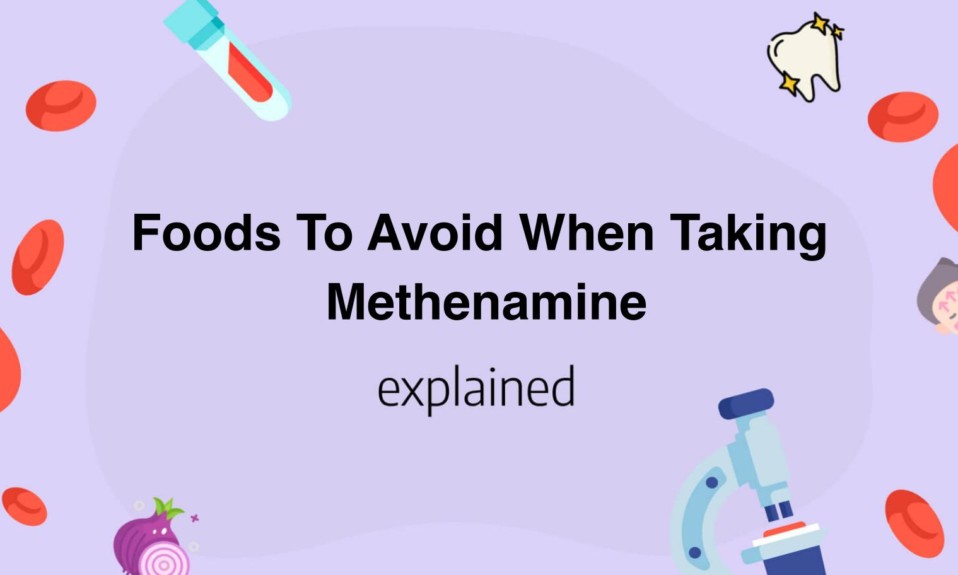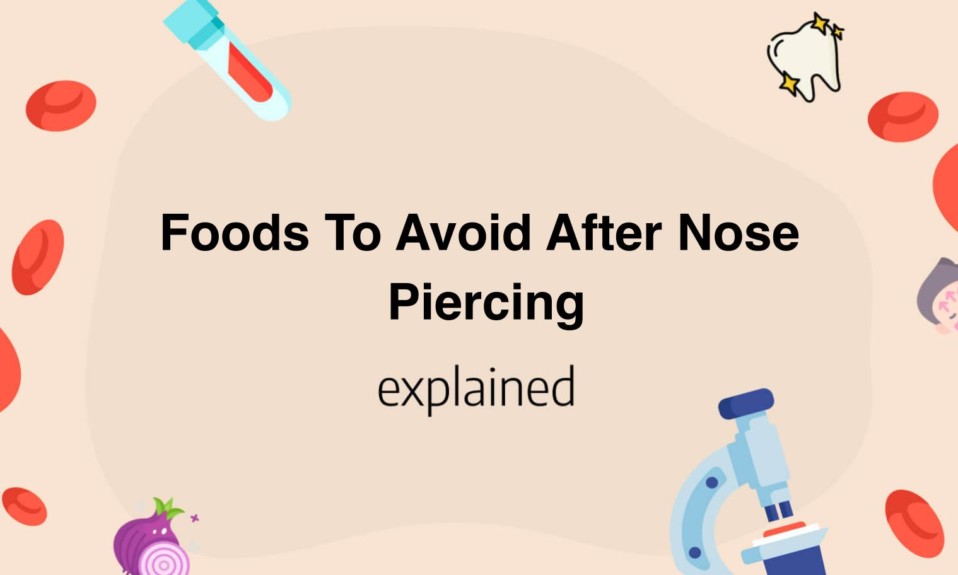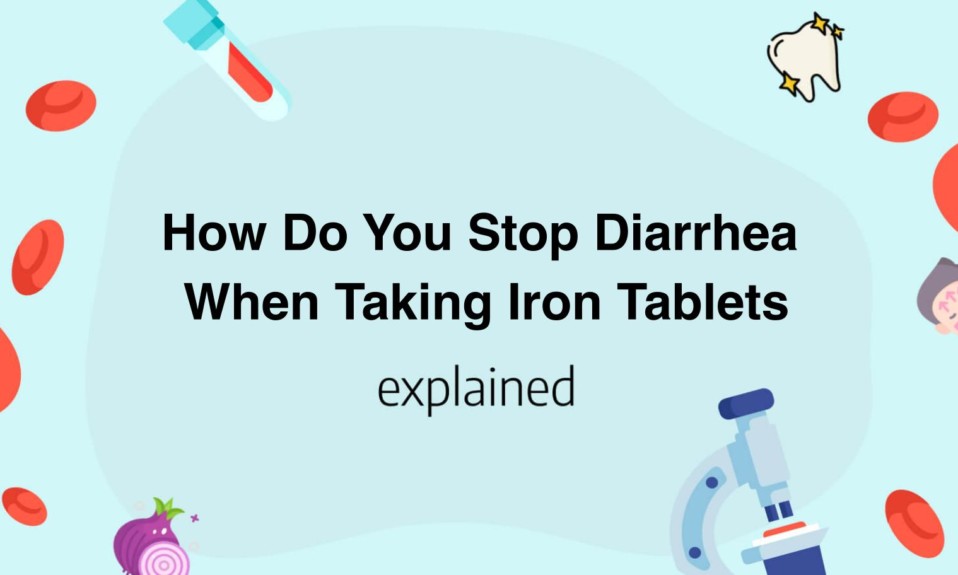Suffering from Pityriasis Rosea can be a nuisance, but did you know that there are certain foods you should avoid to help alleviate symptoms? Foods high in sugar, processed items, and gluten have been shown to trigger flare-ups or make them worse.
By eliminating these from your diet, you may be able to improve your condition and shorten its duration.
Keep reading to learn more about Pityriasis Rosea foods to avoid.
- Avoid consuming spicy and citrusy foods that can irritate the skin.
- Stay away from processed and junk foods that are high in sugar and saturated fat.
- Reduce your intake of dairy products as they can trigger an allergic reaction.
- Avoid alcohol and caffeine as they can dehydrate the skin and interfere with the healing process.
- Limit your consumption of red meats and opt for lean protein sources like chicken and fish.
Why Avoiding Certain Foods is Important for Pityriasis Rosea
Avoiding certain foods can play a crucial role in the management of Pityriasis Rosea.
Pityriasis Rosea is a harmless skin condition that causes scaly red patches to appear on the torso, upper arms, legs, neck, and face.
Although the exact cause of Pityriasis Rosea is still unknown, it is believed to be viral or bacterial.
The condition usually resolves on its own in around 6 to 8 weeks without any treatment.
However, certain measures can help manage the symptoms.
One such measure is the careful selection of food that you consume.
Foods that contain high levels of sugar and processed carbohydrates can trigger the symptoms of Pityriasis Rosea.
Avoiding sugary drinks, cakes, pastries, and sweets can help prevent the condition from worsening and reduce the inflammation caused by it.
It is also advisable to avoid consuming processed and refined foods that lack essential vitamins and minerals.
These foods include processed cheese, white bread, pasta, and sauces.
On the other hand, there are foods that can help relieve the symptoms of Pityriasis Rosea.
Foods that are high in vitamins and anti-inflammatory properties can help manage the symptoms of the condition and reduce inflammation.
These foods include fresh fruits, vegetables, legumes, nuts, and lean proteins like fish and poultry.
It is essential to note that there is no one-size-fits-all diet for Pityriasis Rosea management, as people may react differently to different foods.
Keeping a food diary can help identify the foods that trigger symptoms and avoid them.
Besides avoiding certain foods, keeping the skin moisturised, adequate sleep, and stress management can also help manage the symptoms of Pityriasis Rosea.
In conclusion, the careful selection of food you consume can have a significant impact on the management of Pityriasis Rosea.
Avoiding foods that trigger inflammation and choosing a diet that is rich in vitamins and anti-inflammatory properties can help manage the symptoms.
Additionally, keeping a food diary can help identify trigger foods, reduce inflammation, and prevent the condition from worsening.
Pityriasis Rosea Diet: Foods That Can Trigger the Rash
Pityriasis Rosea Diet: Foods That Can Trigger the Rash
Pityriasis Rosea is a skin condition characterized by a rash that typically starts as a single, large patch known as a “herald patch” before spreading to surrounding areas.
Although the exact cause of pityriasis rosea is unknown, there are certain foods that can trigger the rash.
Firstly, spicy and hot foods can worsen the symptoms of pityriasis rosea.
This includes foods such as chili peppers, cayenne pepper, and hot sauces.
These foods contain capsaicin, an active ingredient that can cause skin irritation and inflammation, making the rash more itchy and uncomfortable.
Secondly, citrus fruits such as oranges, grapefruits, and lemons should be avoided by people with pityriasis rosea.
This is because they contain high amounts of vitamin C, which can irritate and inflame the skin, making the rash more severe.
Thirdly, seafood and shellfish can also exacerbate symptoms of pityriasis rosea, particularly in individuals with a sensitive stomach.
This is because seafood and shellfish contain high levels of histamine, a compound that can cause allergic reactions and skin inflammation.
To manage symptoms of pityriasis rosea, it is essential to consume a healthy diet full of nutrient-rich foods such as fruits, vegetables, whole grains, lean protein, and healthy fats.
It is also vital to keep the skin hydrated by drinking plenty of water and avoiding hot showers or baths.
In addition, over-the-counter creams and lotions can help manage the symptoms of pityriasis rosea.
In conclusion, while the exact cause of pityriasis rosea is unknown, certain foods can exacerbate the symptoms of the condition.
Individuals with this skin condition should avoid spicy and hot foods, citrus fruits, and seafood and shellfish.
Instead, they should focus on consuming a healthy diet full of nutrient-rich foods to manage symptoms and keep the skin healthy and hydrated.
The Connection Between Pityriasis Rosea and Food Allergies
Pityriasis Rosea is a common skin condition that affects both children and adults.
While the exact cause of this condition is unknown, recent studies have suggested a possible link between Pityriasis Rosea and food allergies.
Researchers have found that individuals with Pityriasis Rosea often have higher levels of certain antibodies, which are produced in response to an allergic reaction to food.
It is important to note that not all cases of Pityriasis Rosea are linked to food allergies, but for those who are affected, changes in diet and allergy testing may be beneficial.
If you suspect that you may have a food allergy that is causing your skin condition, it is recommended that you speak with your healthcare provider.
They may recommend a skin patch test or a blood test to identify any underlying food allergies.
Common food allergens that may trigger Pityriasis Rosea include nuts, dairy products, and shellfish.
If you do have a food allergy, your healthcare provider may recommend eliminating the offending food from your diet to reduce the severity and duration of your Pityriasis Rosea symptoms.
In addition to changes in diet, there are other steps that you can take to manage your Pityriasis Rosea symptoms.
These include avoiding harsh soaps and moisturizing regularly to keep your skin hydrated.
It is also important to avoid excessive sunlight exposure, as this can exacerbate skin inflammation.
If your symptoms persist or become severe, speak with your healthcare provider about treatment options, which may include topical or oral medications.
In conclusion, while the link between Pityriasis Rosea and food allergies is not yet fully understood, it is clear that there is a connection between the two.
For those affected, identifying and eliminating food allergens from their diet may help to reduce their symptoms and improve their overall quality of life.
By working closely with their healthcare provider, individuals with Pityriasis Rosea can develop an effective treatment plan that addresses both their skin condition and any associated food allergies.
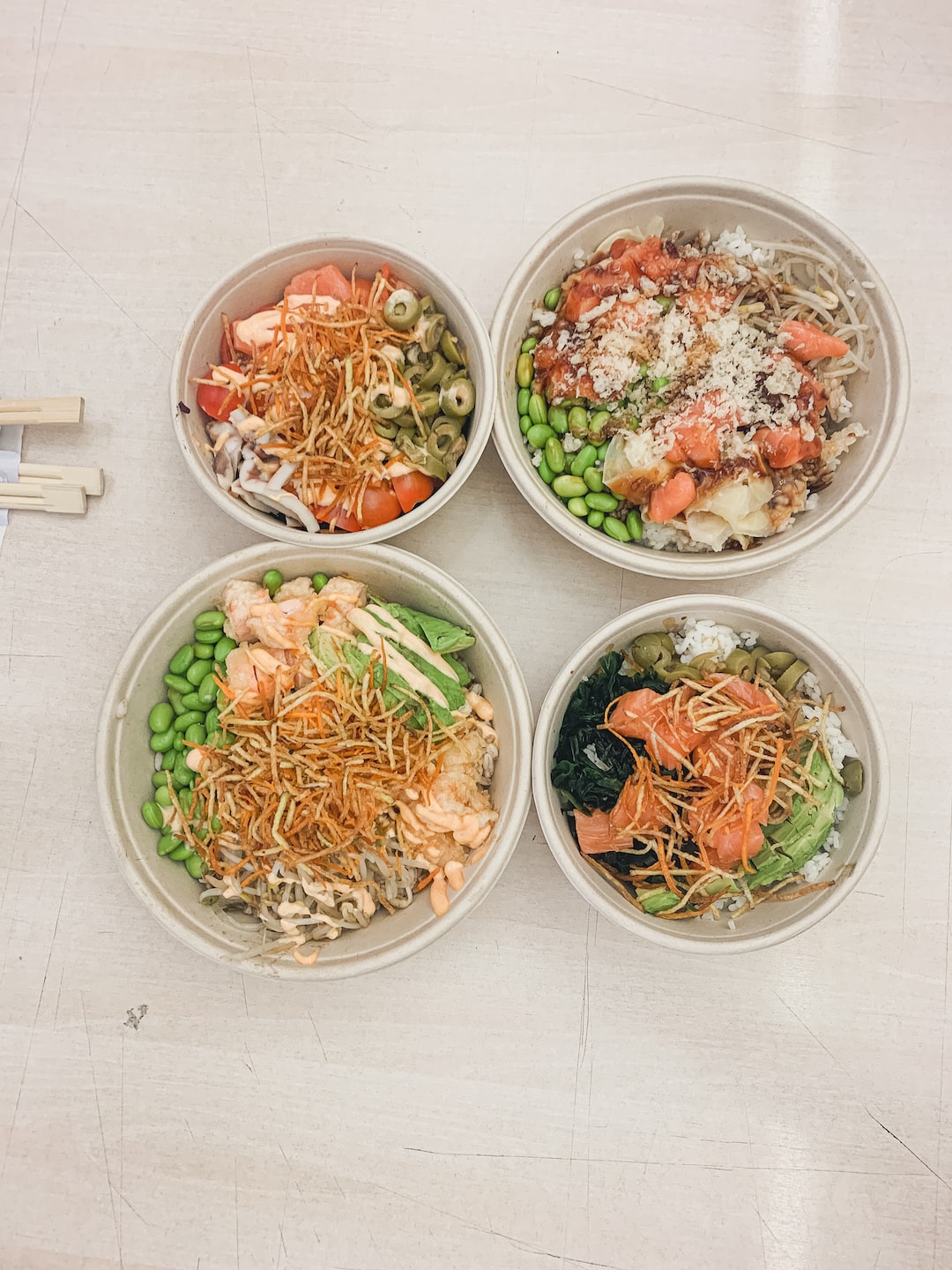
Tips for Choosing Skin-Friendly Foods with Pityriasis Rosea
Pityriasis Rosea is a skin condition that can cause discomfort and embarrassment to those who suffer.
Choosing skin-friendly foods can be important in managing symptoms.
Firstly, it is essential to focus on foods that are high in antioxidants, such as green leafy vegetables, berries, and garlic.
These foods help to reduce inflammation and support the immune system, which is crucial when dealing with a skin condition.
In addition, drinking plenty of water is imperative as this helps to keep the skin hydrated and flush out any toxins from the body.
Consuming foods high in vitamin C, such as oranges, kiwis, and strawberries, also aids in the production of collagen, which is essential for healthy skin.
Furthermore, it’s important to avoid foods that are known to trigger flare-ups.
These include spicy foods, alcohol, and caffeine.
Another essential component to consider when selecting skin-friendly foods for pityriasis rosea is the inclusion of healthy fats.
Foods such as oily fish, nuts, and avocado all contain omega-3 and omega-6 fatty acids, which help to keep the skin supple and moisturized.
Moreover, these healthy fats also play an important role in reducing inflammation in the body, which can help ease symptoms associated with this skin condition.
Lastly, it’s vital to increase the consumption of zinc within the diet.
Zinc is known for its anti-inflammatory properties and can help to boost the immune system.
Foods rich in zinc include oysters, pumpkin seeds, and legumes.
In conclusion, when choosing skin-friendly foods for pityriasis rosea, it’s essential to focus on foods that are high in antioxidants, vitamin C, healthy fats, and zinc, while avoiding foods that trigger flare-ups.
Additionally, drinking plenty of water is crucial to staying hydrated and flushing out toxins.
By incorporating these types of foods into their diet, people with pityriasis rosea can help to manage their symptoms and improve their overall skin health.
Read also: Foods To Avoid When Taking Augmentin
Pityriasis Rosea Foods To Avoid
If you are suffering from pityriasis rosea, it is important to pay attention to what you eat.
Foods that are high in sugar and processed foods should be avoided as they can trigger inflammation and worsen the condition.
It is recommended to consume a balanced diet that includes fresh fruits, vegetables, lean protein, and healthy fats.
Adding more anti-inflammatory foods, such as turmeric, ginger, and fatty fish, can also be beneficial.
Aside from that, it is important to avoid drinking alcohol and caffeinated beverages, as they can dehydrate the skin and make it more susceptible to irritation.
Similarly, spicy foods can trigger skin irritation and inflammation, so it is best to stay away from them.
If you are experiencing itching and discomfort, it is also recommended to avoid foods that can trigger an allergic reaction.
These include nuts, dairy, and shellfish.
If you suspect that you have an allergy to any of these foods, it is best to speak with a doctor to determine the cause and make necessary changes to your diet.
In conclusion, dietary changes can play a role in managing pityriasis rosea.
Avoiding processed foods, alcohol, caffeine, and spicy foods while incorporating more anti-inflammatory foods into your diet can help reduce inflammation and improve your overall skin health.
Additionally, identifying and avoiding foods that trigger an allergic reaction can help alleviate discomfort and itching associated with pityriasis rosea.
Read also: Shih Tzu Food To Avoid
Best Foods to Eat for Pityriasis Rosea Relief
Pityriasis Rosea is a skin condition that isn’t serious, but it can be very itchy and uncomfortable.
To reduce the symptoms and experience relief, incorporating certain foods into your diet can help.
One of the best foods to eat for Pityriasis Rosea Relief is beta-carotene-rich foods, such as carrots, sweet potatoes, and leafy greens.
Beta-carotene, a form of Vitamin A, is essential for healthy skin, helping to repair and regenerate skin cells.
Eating these foods can also improve overall skin health, reducing the likelihood of future rashes.
Another food group that can help relieve Pityriasis Rosea symptoms are those rich in vitamin C, such as citrus fruits, bell peppers, and berries.
Vitamin C is essential for collagen production, promoting healthy skin tissue growth and reducing the appearance of scars.
Plus, it’s a natural antioxidant, helping to protect the skin from environmental stressors that can worsen symptoms.
A third food group to add to your diet for Pityriasis Rosea relief are omega-3 fatty acids, found in fatty fish, nuts, and seeds.
Omega-3s are anti-inflammatory, which can help reduce the redness and swelling associated with Pityriasis Rosea.
They’re also essential for healthy skin, supporting the skin’s natural barrier function and helping to prevent dryness and irritation.
Additionally, it’s best to avoid foods that can worsen Pityriasis Rosea symptoms, such as spicy foods, alcohol, caffeine, and processed foods high in sugar and refined carbohydrates.
These foods can increase inflammation in the body, worsening already uncomfortable symptoms.
Incorporating these foods into your diet can help provide relief from Pityriasis Rosea symptoms, promoting healthy skin and reducing discomfort.
Additionally, it’s important to stay hydrated and get plenty of rest, as well as follow any treatment recommendations from a medical professional.
With these strategies, you can effectively manage Pityriasis Rosea and live a comfortable, healthy life.
You’ll also like:


